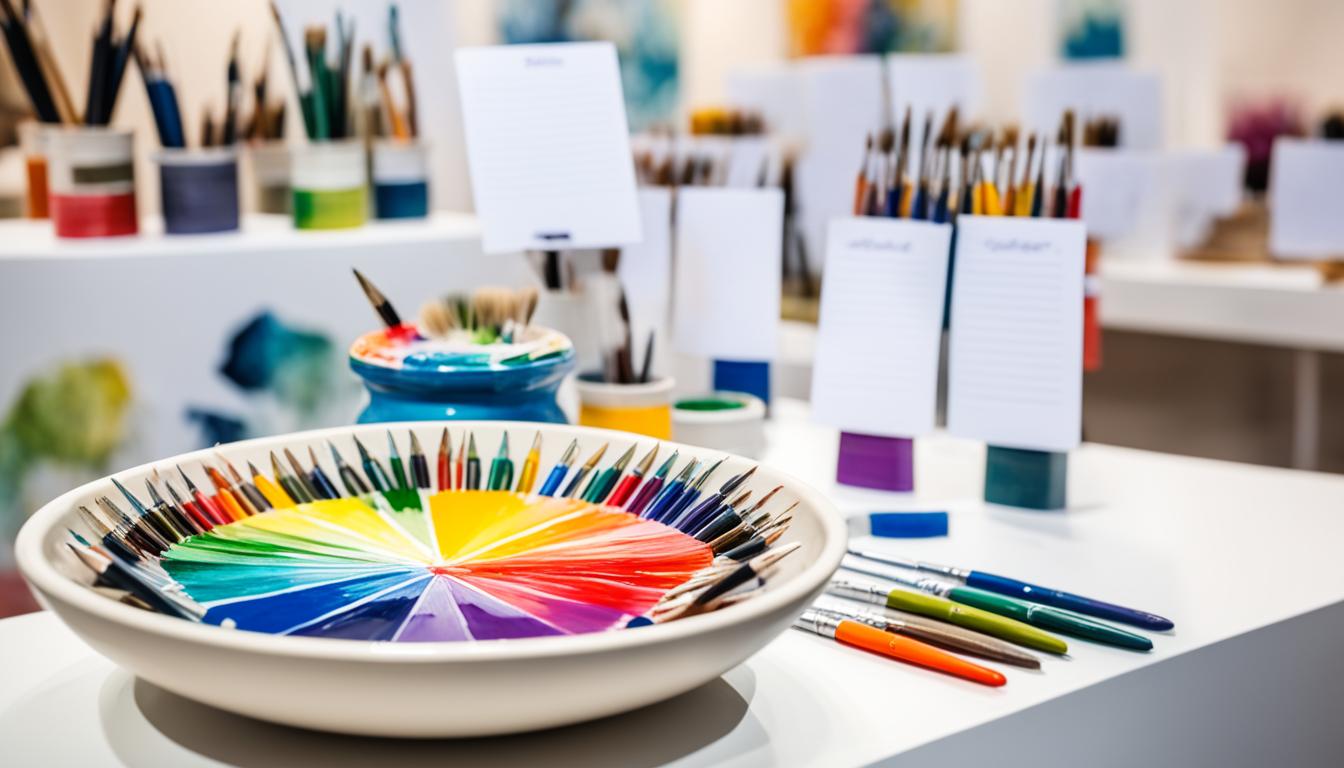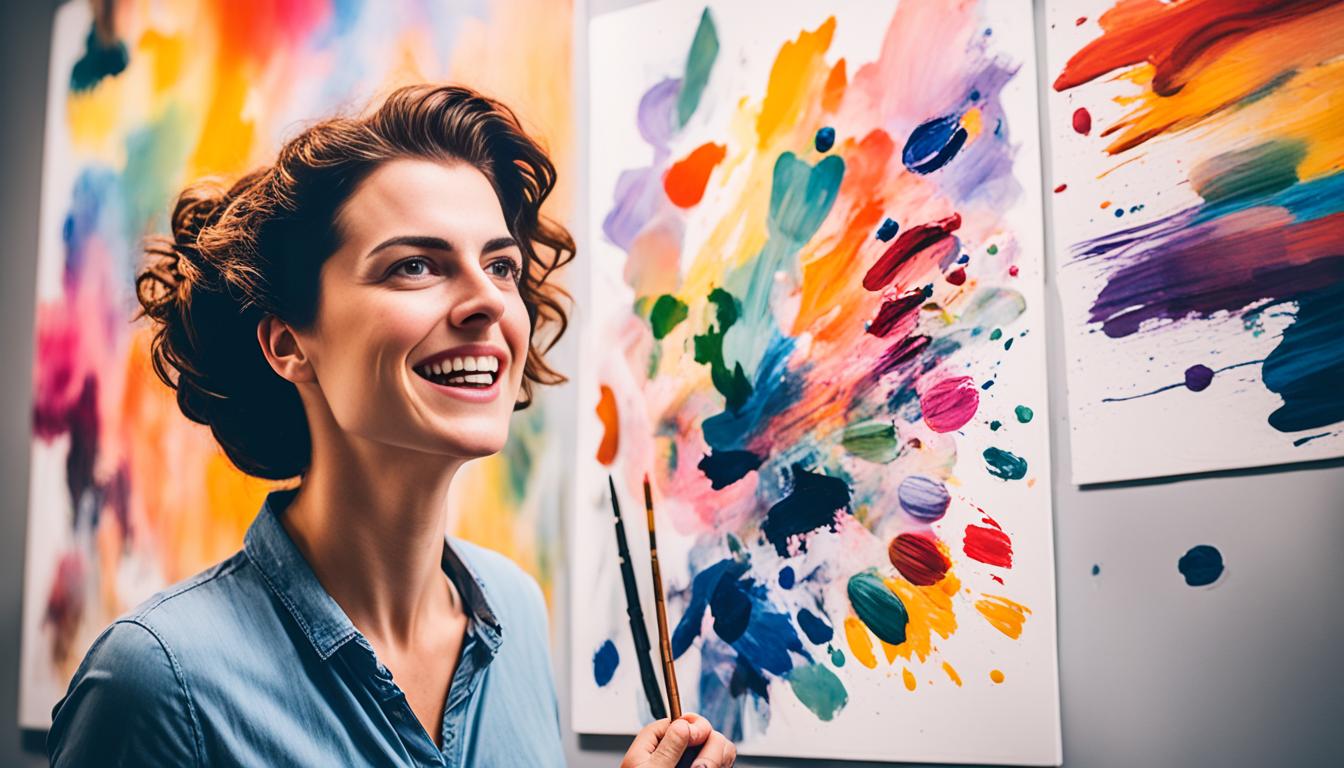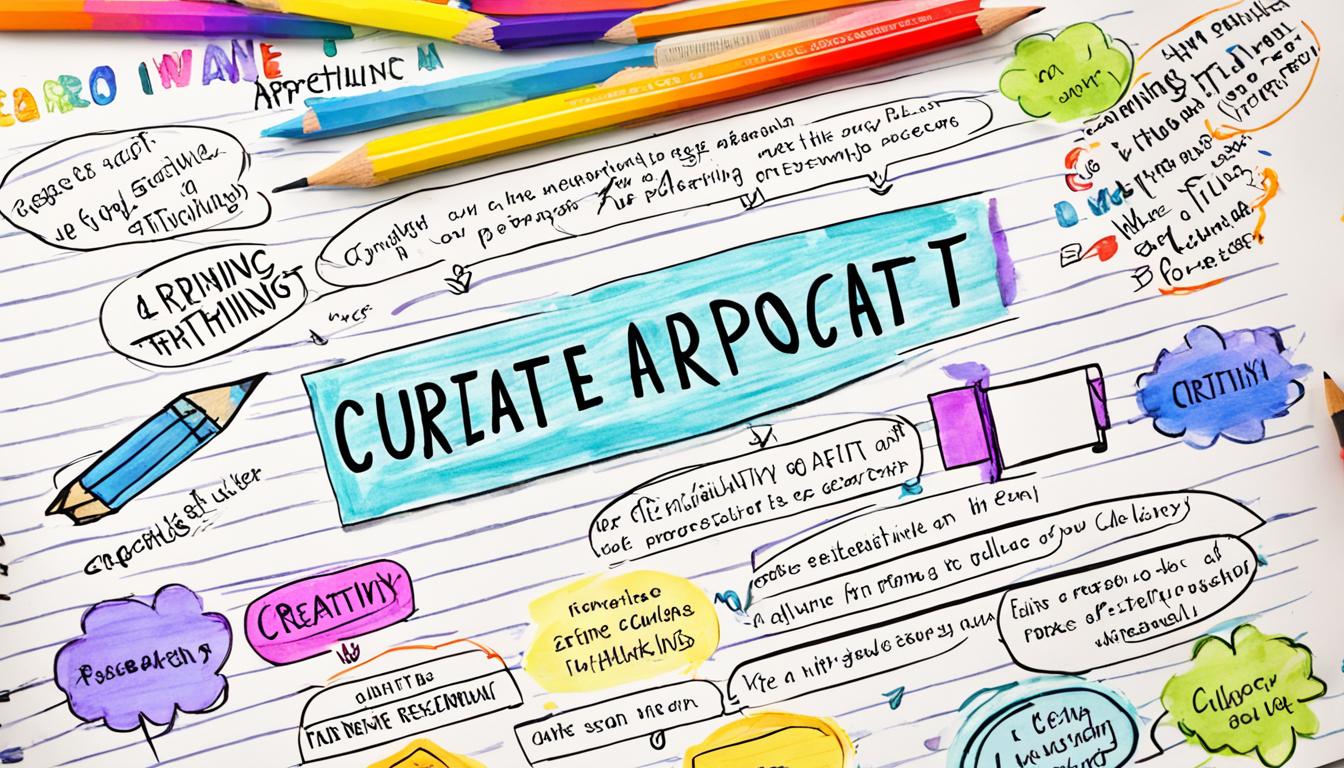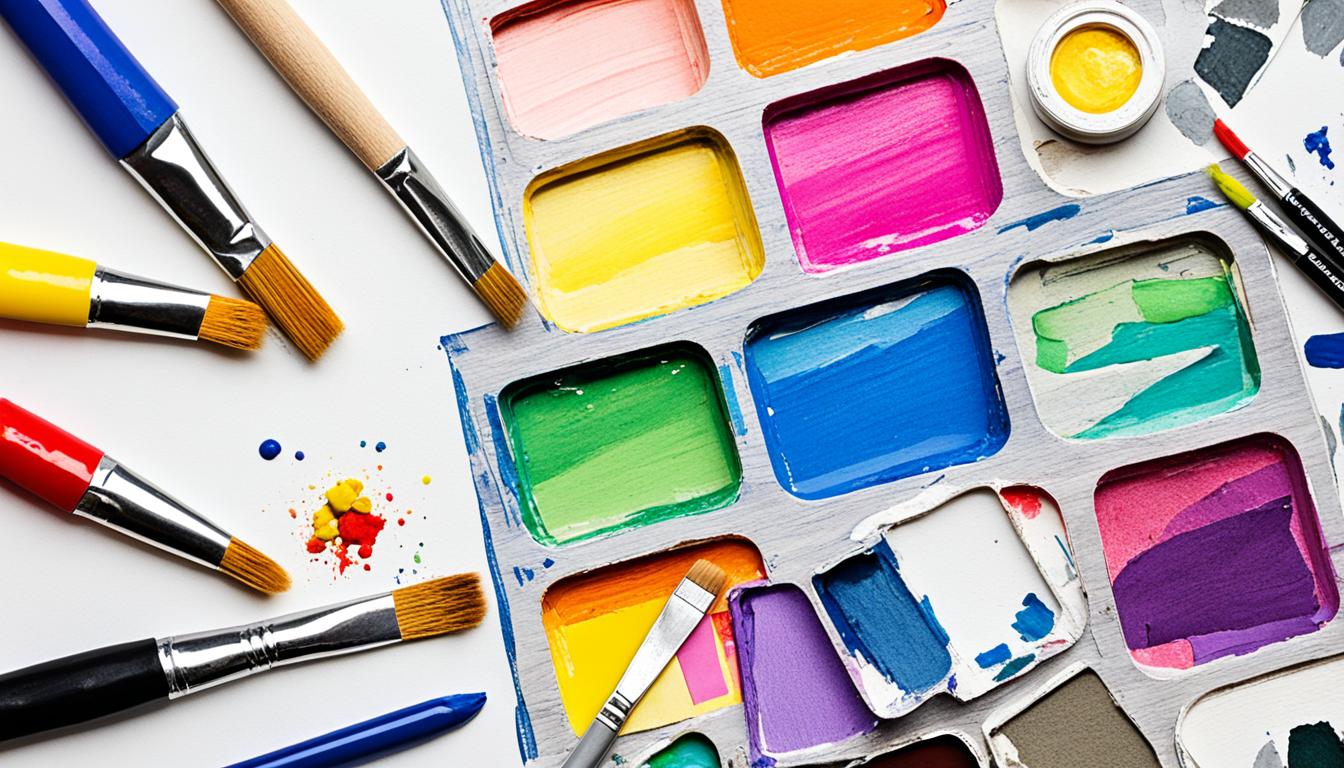Have you ever stood in front of a piece of art, feeling captivated yet unsure how to articulate your thoughts? You’re not alone. Many students find themselves experiencing a profound connection to art, only to struggle when it comes time to express that appreciation in writing. Understanding how to write art appreciation for students goes beyond merely describing what you see; it involves developing critical thinking skills and emotional intelligence.
Art appreciation can enhance your cognitive abilities and nurture your emotional insights, allowing you to engage with the world around you in a deeper way. Studies show that focusing solely on art production does not lead to a genuine appreciation for art. This article will guide you through essential writing techniques, including visual analysis techniques and vocabulary that will empower you to create compelling art appreciation essays. By nurturing artistic appreciation, you’ll not only improve your writing skills but also enrich your personal experiences with art.
Key Takeaways
- Art appreciation enhances cognitive and emotional skills.
- Writing plays a crucial role in developing art appreciation.
- Descriptive language and specialized vocabulary are essential for effective communication.
- Integration of personal experiences enriches your understanding of art.
- Active engagement through writing-to-learn strategies improves verbal abilities.
- Visual analysis techniques can deepen your critical skills and insights.
Understanding the Importance of Art Appreciation
Art appreciation plays a fundamental role in educational curricula, moving beyond mere aesthetic enjoyment. By engaging with different artistic movements, you not only learn about historical context but also cultivate empathy and personal growth. StraighterLine offers a robust Art Appreciation course, covering a wide range of topics such as drawing, painting, and graphic design, allowing students to explore various art forms.
This engaging course delves into significant art history periods, including the Renaissance and contemporary art from around the world. Art appreciation fosters critical thinking skills, enabling you to critique artwork effectively while enhancing your ability to listen and observe from multiple perspectives. By understanding the stories that inspire artists, you build meaningful connections with the art and its creators, offering insights that enrich your world view.
Art appreciation serves as a catalyst for community cohesion. According to the Rand Corporation, it strengthens social bonds among individuals engaged in discussions about artwork. The blend of history, emotion, and intellectual discourse inherent in art fosters a deeper understanding of societal issues. In this space, you can explore varying interpretations and provoke thoughtful conversations that enhance your understanding of the nuances present in artistic expressions.
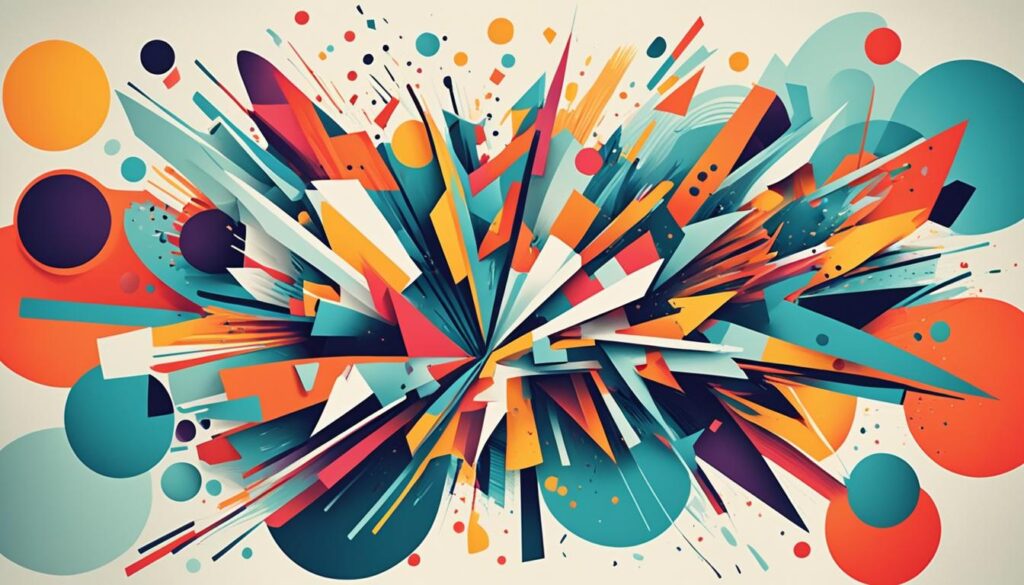
Elements of Visual Analysis Techniques
Understanding visual analysis techniques plays a significant role in appreciating and interpreting art. These techniques help you dissect various elements such as line, shape, color, and composition, allowing for deeper engagement with artworks. By honing your observation skills, you can articulate your insights more effectively, particularly in writing about different artistic styles.
Key components of visual analysis include:
- Line: A fundamental element, lines can define shapes and convey movement or emotion. Organic and inorganic lines influence the mood and focus of a piece.
- Shape: Created when lines converge, shapes can be geometric or organic, forming the basis for further exploration in art.
- Color: Beyond merely replicating reality, colors set moods and emphasize elements within a piece. Knowing the color spectrum, including primary, secondary, and tertiary colors, enriches your understanding.
- Texture: This pertains to the perceived surface quality that adds depth to the viewer’s experience. Various textures can influence how you interpret an artwork.
Each of these visual analysis techniques contributes to creating a harmonious equilibrium within an artwork, guiding the viewer’s eye through movement and helping establish emphasis on specific areas. When employed effectively, these elements enhance your ability to use descriptive language, enriching your discussions and writings about art.

Choosing the Right Artwork for Analysis
Selecting the right artwork significantly influences how to write art appreciation for students. Artwork resonates differently with individual students based on their backgrounds, interests, and experiences. Curating pieces that align with these factors can spark curiosity and facilitate discussions, enhancing students’ understanding of art. When choosing artworks, consider contemporary pieces that are relevant and relatable, allowing students to connect on a deeper level.
To promote engaging student interest in art, instructors can draw from well-recognized artworks like Salvador Dalí’s “The Persistence of Memory.” This iconic work often serves as an icebreaker, allowing students to explore themes such as time and perception. Other compelling pieces include Edvard Munch’s “Separation,” which invites students to weave narratives based on visual elements like line, color, and contrast.
In addition to these examples, examine works that stimulate conversation about emotional or historical contexts. For instance, Lawrence Beall Smith’s “Don’t Let That Shadow Touch Them” often evokes discussions around propaganda and its emotional impacts. Utilizing George Tooker’s “The Subway” can also prompt analysis of characters and their representations, encouraging an exploration of perspectives that resonate with students’ personal experiences.
Each selected artwork should encourage analysis by asking questions that align with educational standards. Questions can include:
- What emotions does the artwork evoke?
- How do specific visual elements like lines and colors contribute to the piece’s overall impact?
- What might the artist’s intention be behind this work?
- How do the focal point and size affect the viewer’s perception?
Using these approaches, instructors foster an environment where students feel comfortable sharing their thoughts. This not only deepens their appreciation of art but also enhances their ability to analyze and interpret various styles effectively.

How to Write Art Appreciation for Students
Writing art appreciation essays can be an exciting journey into the world of creativity and expression. A well-structured essay not only enhances your writing skills but also deepens your understanding of art itself. Start by organizing your thoughts into a clear framework that will guide your readers through your insights. Below are essential tips on how to write art appreciation for students, emphasizing the importance of using descriptive language and creating a vivid imagery in your writing.
Structuring Your Art Appreciation Essays
Creating an effective structure for your essay is vital. Your essay should typically consist of an introduction, body paragraphs, and a conclusion. In the introduction, provide essential details about the artwork, including the title, artist, date, and context. The body is where you analyze the elements of art, such as line, color, shape, and texture. Each paragraph should focus on a different aspect, ensuring a thorough exploration of the piece. Wrap up with a conclusion that encapsulates your findings and personal reflections.
Using Descriptive Language
When crafting your art appreciation essays, using descriptive language allows your audience to visualize the artwork through your words. Paint a picture with your descriptions by detailing the colors, forms, and feelings evoked by the piece. For instance, you might say, “The vibrant reds and oranges of the sunset draw the viewer into a world of warmth and peace.” Such evocative language not only enriches your writing but also engages your readers on a deeper level.

Interpreting Artistic Styles
Gaining a deep appreciation for art involves not only viewing but also actively engaging in interpreting artistic styles. This process allows you to explore and recognize the distinct nuances present in various works. By focusing on identifying key characteristics of different styles, you enhance your ability to discern individual artists’ intentions and expressions.
Identifying Key Characteristics
When identifying key characteristics of an artist’s style, pay attention to critical elements such as line, shape, color, texture, and composition. Each artist has a unique voice that can be picked up through careful analysis. For example, an artist’s use of color palettes or specific brush techniques may signify their personal approach to conveying emotions in their work.
Comparing Different Artists
Engaging in comparing different artists can uncover significant insights into their creative processes. Consider how various styles reflect the history or movements they represent. For instance, contrasting pre-Raphaelite paintings with works by Rodin showcases not only different artistic techniques but also varied thematic expressions. Analyzing the frequency and ratio of these artworks during your studies can solidify your understanding of how personal expression influences artistic production.
Utilizing visual aids such as sketches or diagrams can further enrich your discussions about interpreting artistic styles. Additional practice through exercises can refine your analytical skills, as you explore artworks and delve deeper into their meanings.

| Artist | Style | Key Characteristics |
|---|---|---|
| Rembrandt | Baroque | Chiaroscuro, emotional depth, realistic portrayal |
| Monet | Impressionism | Loose brushwork, light effects, focus on color |
| Frida Kahlo | Surrealism | Personal symbolism, vibrant colors, self-portraiture |
| Pablo Picasso | Cubism | Geometric shapes, fragmented forms, multiple perspectives |
Through the practice of identifying key characteristics and comparing different artists, you enrich your connections to the artworks you engage with. This exploration fosters a deeper understanding of artistic expression and enhances your overall interpretation skills.
Understanding Artistic Movements
Art embodies a reflection of society, each movement telling stories and revealing values of its time. By understanding artistic movements, you gain insights into how history and culture shape artistic expression. Key periods such as the Italian Renaissance, which celebrated classical ideals, help illustrate the connection between artistry and historical context.
The Renaissance period, stretching from the late 13th century to the early 16th century, emphasized design choices that steer artistic innovation. As you delve into these movements, consider how they influence current creative practices. For instance, the emergence of Impressionism redefined perceptions of light and color, while Surrealism challenged the boundaries of reality, encouraging viewers to explore their subconscious.

Highlighting the visual elements of art—such as line, shape, tone, color, pattern, texture, and form—enriches your ability to critique artwork effectively. Recognizing how these elements manifest in various movements opens avenues for deeper appreciation and demonstrates how artists use them to communicate specific messages. By familiarizing yourself with major movements, you become more adept at analyzing not just the art itself, but its context and significance.
Consider the impact of street art and graffiti. Once viewed as mere vandalism, these forms have gained acceptance and are now exhibited in galleries, revealing the evolving nature of artistic value. Moreover, public art enhances accessibility, allowing everyone to engage with art outside traditional environments. Understanding how movements reflect societal values and cultural evolution is crucial for anyone looking to foster an authentic appreciation for art.
| Art Movement | Key Characteristics | Notable Contributors | Historical Context |
|---|---|---|---|
| Renaissance | Revival of classical themes, humanism, realism | Leonardo da Vinci, Michelangelo, Raphael | Transition from medieval to modern thought |
| Impressionism | Focus on light, color perception, ordinary subjects | Claude Monet, Pierre-Auguste Renoir, Edgar Degas | Response to industrialization and societal changes |
| Surrealism | Dream-like scenes, illogical scenes, unexpected juxtapositions | Salvador Dalí, René Magritte, Max Ernst | Emergence during post-World War I disillusionment |
This exploration into artistic movements not only enhances your understanding but also serves as a vital skill for critiquing artwork effectively. By connecting these historical styles with contemporary practices, you foster a deeper engagement with art, ensuring a richly informed perspective.
Discussing Artwork Themes
Exploring the themes present in various artwork allows students to develop a deeper understanding of visual expression. Engaging in discussing artwork themes encourages you to recognize patterns and ideas that resonate across different artistic mediums. This process not only enhances your analytical skills but also enriches your appreciation for art and its diverse narratives.
Identifying Common Themes
When identifying common themes within artworks, consider the underlying messages artists convey. Themes often revolve around concepts such as identity, suffering, ambition, or social commentary. By using Visual Thinking Strategies, you can effectively engage with art by asking:
- What’s going on in this picture?
- What do you see that makes you say that?
- What more can you find?
This method paves the way for sharpening your focus on specific themes and deciphering their significance. By understanding these connections, you are better equipped to appreciate how artists convey complex emotions and societal commentary through their work.
Connecting Themes to Historical Context
Connecting themes to historical context is essential for a comprehensive art analysis. Each artwork emerges from a unique cultural and historical backdrop that influences its creation. Take time to research the historical context surrounding a piece, considering factors such as the artist’s background, the audience’s reception, and the socio-political environment during its inception. This exploration also facilitates a deeper appreciation for the narrative intricacies within the art.

As you explore artwork themes, remember that active engagement fosters both creativity and understanding. By participating in activities like narrative writing or storyboarding, you can create meaningful connections between your life experiences and the stories represented in art. This enhanced perspective not only improves your art appreciation but also strengthens your ability to articulate your thoughts and reflections in discussions and essays.
Critiquing Artwork Effectively
Engaging in critiquing artwork effectively requires a thoughtful approach that combines personal interpretation with objective analysis. This balance enhances your ability to articulate ideas clearly and makes your critiques more compelling. Understanding and incorporating specialized art vocabulary plays a significant role in expressing nuanced thoughts about different artworks.

Using Art Vocabulary
Using art vocabulary enriches your critique by allowing you to convey your insights with precision. Familiarizing yourself with terms related to artistic elements such as line, color, texture, and shape can significantly improve your ability to analyze and communicate about art. Here are some critical components to consider when integrating vocabulary into your critiques:
- Observation: Describe what you see directly within the artwork.
- Analysis: Explain how the artist’s use of various mediums influences the piece.
- Interpretation: Discuss the emotions or concepts conveyed through the use of color, balance, and space.
- Evaluation: Assess the overall effectiveness of the artwork based on the elements identified.
Balancing Subjective and Objective Analysis
A successful art critique involves a balance between subjective impressions and objective analysis. This balance helps create a more thorough understanding of the artwork and supports your persuasive arguments. Here are some strategies to help you achieve equilibrium:
- Focus on the form and content of the artwork.
- Identify visual elements such as patterns, textures, and shapes.
- Understand the historical context and the artist’s intent.
- Engage with peers to gather diverse perspectives.
By applying these strategies, you can elevate your critique and foster a deeper appreciation for the complexities within visual art. Practicing these elements will assist greatly in developing your skills, making art critiques a valuable exercise in both observation and expression.
| Aspect | Description |
|---|---|
| Observation | What elements are immediately visible in the artwork? |
| Analysis | How do medium and techniques affect the artwork’s presentation? |
| Interpretation | What emotions or messages does the artwork convey? |
| Evaluation | How successful is the piece in terms of its artistic goals? |
Engaging Student Interest in Art
In today’s educational landscape, engaging student interest in art is crucial for fostering creativity and appreciation for artistic expression. By implementing effective strategies, you can create an environment that stimulates curiosity and encourages participation. The following approaches highlight the importance of incorporating interactive activities along with technology for art exploration.
Creating Interactive Activities
Interactive activities are essential for captivating students’ attention and enhancing their engagement. By introducing projects that allow for personal expression, you’ll motivate students to explore their artistic abilities. Consider these methods:
- Start with achievable projects that build confidence.
- Incorporate themes that resonate with student interests.
- Offer choices in art assignments to promote autonomy and enthusiasm.
- Establish a calming environment that supports creativity and alleviates frustration.
- Build relationships and trust with students, especially those hesitant about art-making.
Utilizing Technology for Art Exploration
Technology provides innovative tools for enhancing art education and broadening students’ horizons. Use these resources to complement traditional learning methods:
- Virtual museum tours allow students to explore art from around the world without leaving the classroom.
- Apps and websites can facilitate new art techniques, giving students hands-on digital experiences.
- Collaborative online projects promote teamwork and foster creativity.
- Social media platforms can serve as spaces for students to discuss and share their artwork, fostering community.

By combining engaging interactive activities with technology for art exploration, you can cultivate a vibrant classroom atmosphere where students feel safe and excited to express themselves through art. These strategies inspire a lifelong appreciation for the arts among students and ultimately contribute to their overall educational experience.
Art Class Lesson Planning
Effective art class lesson planning requires a thoughtful approach that nurtures artistic appreciation. A well-rounded lesson integrates a variety of techniques and themes, appealing to diverse learning styles and interests. Consider employing 21 art techniques in your lessons, including line drawings, cutting and pasting, and watercolor introductions. Each method adds a unique flavor to the curriculum, keeping it rich and engaging.
It’s essential to maintain a structured program with flexibility. While the same techniques can be taught across different grade levels, varying the complexity can prevent monotony. For instance, kindergarten teachers might focus on engaging and interactive styles that capture young learners’ attention. Up-close interactions allow you to gauge student reactions and monitor their progress closely.
Your lesson plans can also reflect personal preferences rather than a rigid curriculum. Incorporating themes and styles that resonate with students fosters a greater connection to the material. Remember that enthusiasm and experimentation play key roles in developing an engaging art curriculum. Tailored art appreciation lesson plans for elementary, middle, and high school students can cover a diverse range of topics.
Activities like storytelling through art, creating sculptures, and exploring ancient cultures are vital. They enhance students’ understanding of history, cultural contexts, and symbolism within artworks. Encourage students to draw inspiration from historical texts, promoting creativity and the development of interpretation skills. This not only reinforces the lesson objectives but allows students to connect on a personal level.
Incorporate viewing questions within the plan to spark critical thinking and initiate discussions. For example, themes around power, leadership, and nature prompt students to explore deeper meanings in art. Additionally, comparing historical and contemporary practices highlights the continuity and evolution of artistic expression.
Utilizing resources such as museum collections can further enrich the lesson experience, providing students with hands-on learning opportunities. Engaging with various forms of art fosters a profound appreciation for cultural diversity and artistic expression.

| Grade Level | Art Techniques | Topics Covered | Engaging Activities |
|---|---|---|---|
| Elementary | Watercolor, Chalk Pastel | Animal-inspired masks, Armor design | Dance activities, Sketching |
| Middle School | Drawing with Oil Pastel, Colored Pencils | Chinese gardens, Storytelling through art | Oral history, Painting |
| High School | Charcoal, Ceramic Tile Mural | Historical comparisons, Contemporary practices | Creating personal artworks, Group discussions |
Nurturing Artistic Appreciation
Nurturing artistic appreciation plays a crucial role in a child’s growth. Introducing children to different art forms, such as paintings, sculptures, and mixed media, enriches their understanding of creativity. Exposure to various styles broadens their perspectives and helps them connect with the world around them.
Taking children to museums, galleries, or virtual exhibitions offers practical experiences that stimulate curiosity. When children observe colors, shapes, lines, and textures within artworks, they learn to appreciate the details that contribute to artistic expression. Asking open-ended questions encourages them to share their observations, promoting a deeper engagement with the art.
Encouraging children to analyze and interpret artworks fosters critical thinking. Questions should be designed to stimulate analytical skills, helping them draw connections between different pieces and identify similarities and differences. Discussing iconic artists like Picasso, Matisse, and Monet further enriches their appreciation while creating a safe and inclusive environment for exploring art. Children should feel comfortable expressing their interpretations and ideas.
Creating opportunities for artistic expression is just as important as understanding existing works. Providing art materials allows children to experiment with different techniques and styles, enhancing their creativity. Programs like the Ministry of Education’s “Masterpieces” initiative showcase exceptional talent, supporting young artists in their journey.
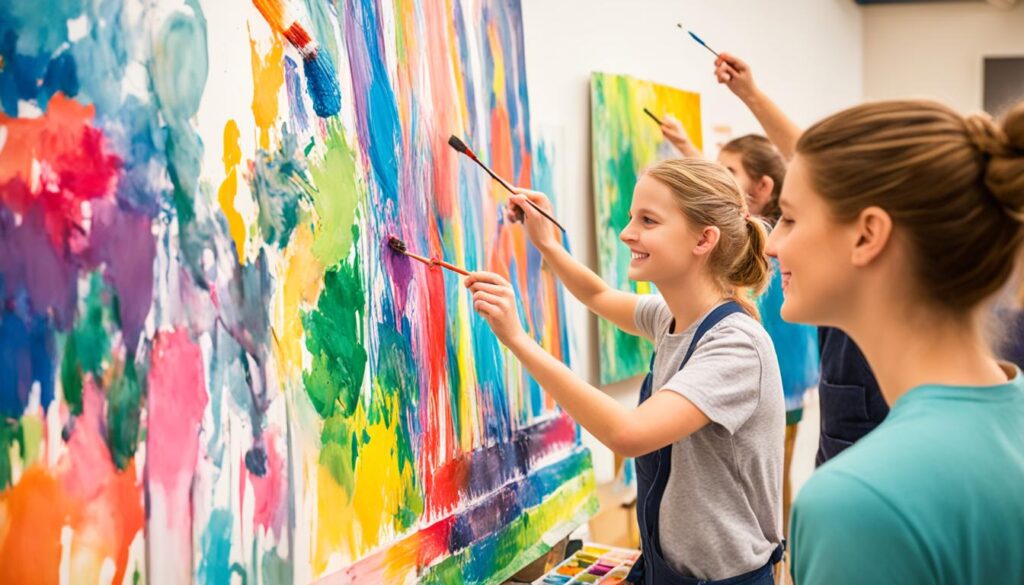
Art appreciation essays can be a valuable tool for children to articulate their thoughts and feelings about art. Engaging classes, like those offered by Chalk N Pencils, help children learn about various artists and their techniques. The positive feedback from parents highlights the effectiveness of these programs in nurturing artistic appreciation while enhancing cultural understanding.
Ultimately, nurturing artistic appreciation develops a child’s cognitive, emotional, and social skills. By exploring artworks from different periods and regions, children gain a broader understanding of the diverse world around them. This holistic approach to art education empowers young individuals to express themselves and embrace creativity throughout their lives.
Conclusion
Art appreciation is an invaluable skill that empowers you to express your thoughts and emotions while enhancing your understanding of the artistic world. Throughout this article, you’ve learned essential strategies on how to write art appreciation for students, from choosing the right artwork to using descriptive language effectively. By applying these techniques, you’re not just engaging student interest in art but cultivating a deeper emotional and intellectual connection to it. In addition, mastering art appreciation techniques allows students to develop critical thinking skills and a greater appreciation for cultural diversity. By analyzing and interpreting artwork, students can learn to think critically about different artistic styles, historical contexts, and societal influences. Ultimately, the ability to apply art appreciation techniques fosters a lifelong love and understanding of art, enriching both their personal lives and their contributions to society.
Understanding artistic movements like Romanticism, Realism, and Impressionism allows you to explore the evolution of art and its impact on society. Each movement offers unique insights into human experience, shaping your perspective on the world. Whether it’s the bold colors of Fauvism, the abstract forms of Cubism, or the chaotic beauty of Dadaism, each style provides a canvas for personal interpretation and emotional resonance.
By fostering a commitment to art appreciation, you ensure that this vital aspect of education remains a part of your life. As you engage with various artworks and styles, remember that your insights and opinions hold value. Whether through written expression or meaningful discussions, your journey into the realm of art can lead to lifelong appreciation and understanding, making your experiences in art education truly enriching.

